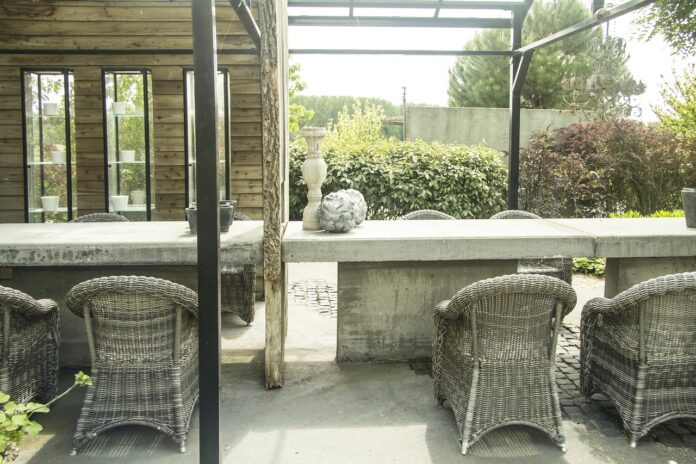Sustainability has evolved from a niche concern to a central issue in various aspects of life, including interior design. More individuals are prioritizing eco-friendly materials, fair production practices, and durable furnishings. This shift is reflected in the increasing demand for sustainable furniture that is not only aesthetically pleasing but also environmentally responsible. It’s clear that style and sustainability can go hand in hand.
Focus on Durable Materials
Sustainable furniture is characterized primarily by the use of long-lasting and eco-friendly materials. Wood, especially from sustainably managed forests, plays a significant role in this trend. Certifications like the FSC label ensure that the wood used comes from responsibly managed sources. Solid wood furniture made from oak, beech, or teak is not only sturdy but also adds a natural warmth that is highly sought after in modern interiors.
Recycled materials are also gaining traction. Furniture made from recycled wood, metal, or plastic conserves resources and imparts a unique, often industrial charm to a space. These materials frequently showcase distinct textures and finishes, giving each piece a one-of-a-kind appearance.
Embracing Slow Furniture: Quality Over Quantity
In contrast to mass production, the Slow Furniture movement emphasizes quality over quantity, focusing on craftsmanship and timeless design. Furniture produced under this philosophy is often unique or made in small batches, designed to endure and resist fleeting trends. Slow Furniture serves as a reminder that furniture is more than just a functional item; it’s a part of one’s home that deserves thoughtful selection.
Investing in durable furniture not only enhances your living space but also reduces consumption. Rather than frequently purchasing cheap, disposable items, Slow Furniture promotes lasting quality that can last for decades. This approach helps decrease our ecological footprint and challenges the throwaway mentality.
Upcycling: Creating Furniture with a Story
Another aspect of sustainable design is upcycling, which involves repurposing old or discarded furniture and materials to create something new and valuable. For instance, old wooden pallets can be transformed into stylish shelves or coffee tables, and discarded doors can become bed frames. Upcycling adds a creative touch to interiors, resulting in unique pieces with character and history.
The appeal of upcycling lies in its ability to transform seemingly useless materials into something entirely new and valuable. This process also lowers resource consumption by reducing the need for new materials, creating a sustainable cycle that marries design with environmental mindfulness.
Sustainable Production Practices
The production methods used to create furniture are just as important as the materials. An increasing number of manufacturers are adopting eco-friendly production processes that minimize energy consumption and avoid harmful chemicals. Local production is another key factor, as regionally made furniture has shorter transport distances and a lower carbon footprint compared to items imported from distant countries.
Additionally, many sustainable furniture makers prioritize fair working conditions in their production practices. Certifications such as Fair Trade provide assurance that both ecological and social standards are upheld.
Timeless Designs for Lasting Spaces
A cornerstone of sustainable design is the selection of timeless furniture styles. Pieces that resist passing trends and remain aesthetically appealing for years contribute to a lasting interior style. Simple shapes, neutral colors, and natural materials are essential for creating a timeless look that won’t lose its charm over time.
Sustainability, therefore, encompasses not just the mindful use of resources but also a design aesthetic that stands the test of time. Timeless furniture can be easily reconfigured and adapted to evolving living situations.
Ultimately, sustainable interior design transcends fleeting trends. It merges style with responsibility, demonstrating that one can live elegantly while being environmentally conscious. By consciously choosing durable materials, sustainable production methods, and timeless designs, any living space can be both beautiful and future-friendly.
Nice ideas and more infos
baufrisch.de – Timeless Elegance: The Allure of Sustainable Furniture in Modern German Homes
upcyclethat.com – Cool Upcycling Ideas and nice Inspiration

